More Photos
More Photos
Storm surge causes nearly 50 percent of fatalities in tropical cyclones. So after Hurricane Matthew completed its trek along the southeast U.S. coastline, NOAA's National Hurricane Center Director Dr. Rick Knabb and storm surge specialists Jamie Rhome and William Booth traveled to areas in Florida, Georgia and South Carolina that were hardest hit by Matthew's storm surge. This was the first time hurricane center personnel were able to truth-test its operational potential storm surge flooding maps and see how the new experimental storm surge watch and warning graphics were received by emergency management officials and the public. The verdict was overwhelmingly positive on all counts.
NHC Storm Surge watch warning issued
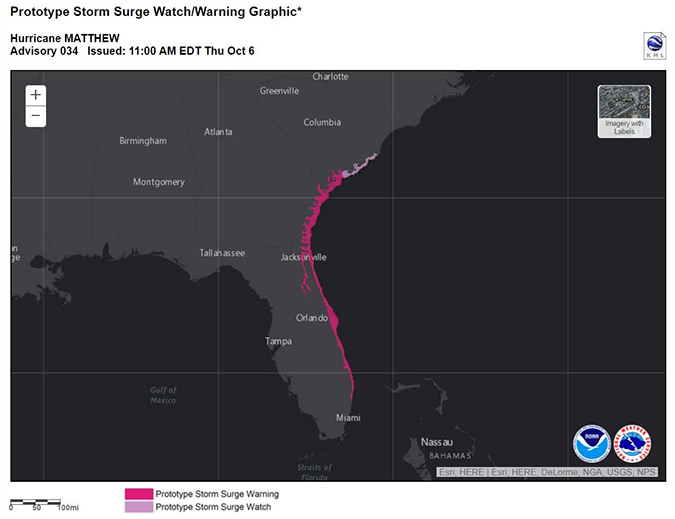
Beach erosion and dune loss along Jacksonville Beach
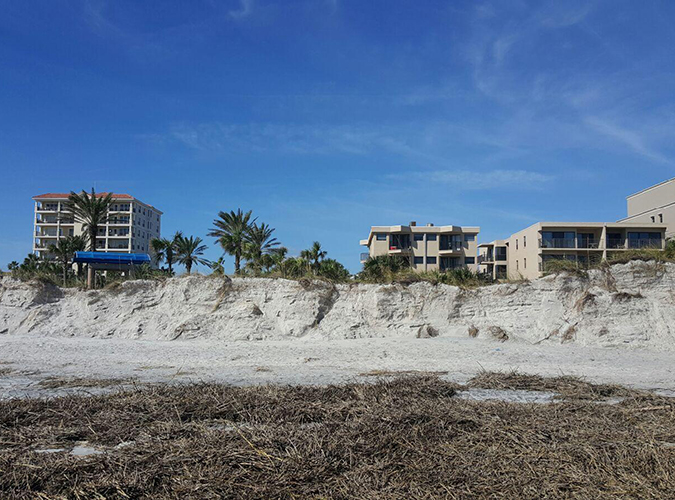
Severe storm surge and wave damage to home at Matanzas Inlet, Florida – resulting in a total loss
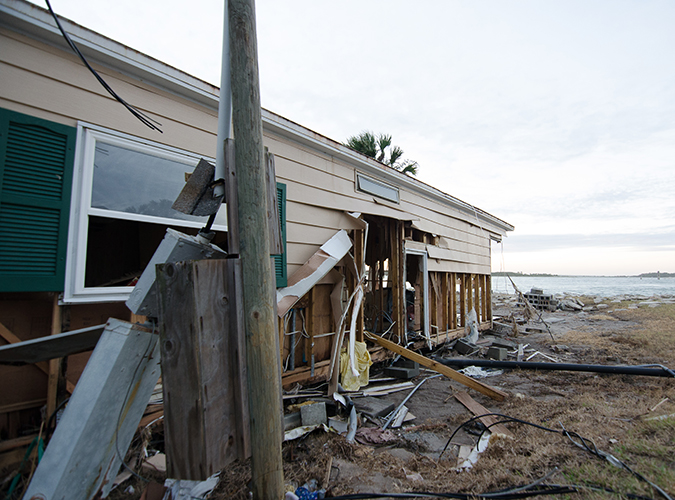
Jamie Rhome inspects debris line
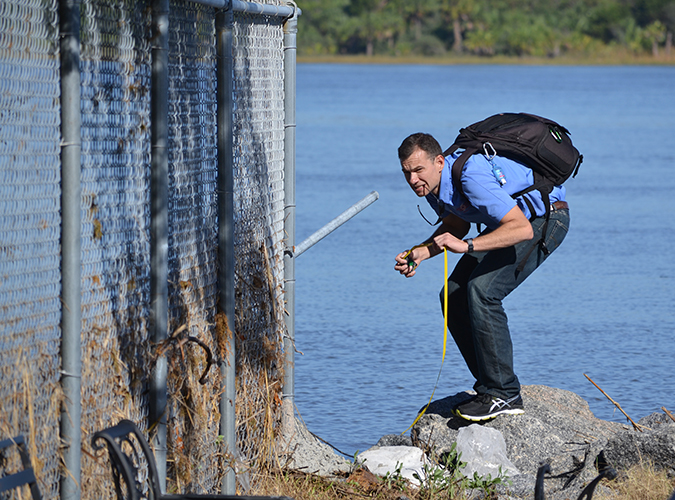
Damage to South Carolina home caused by storm surge and waves
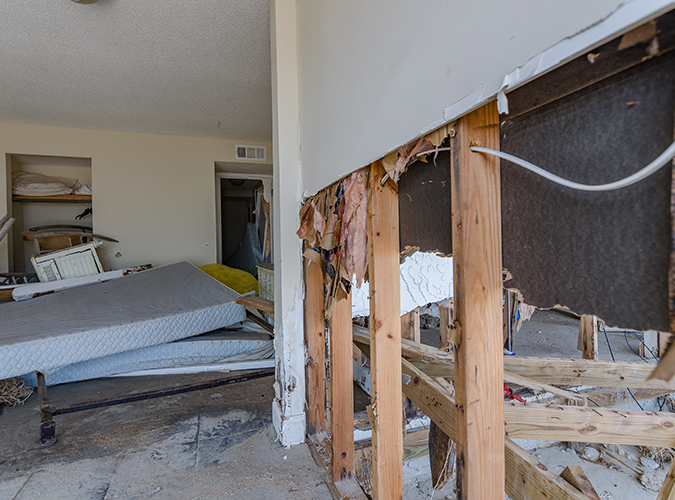
Jamie Rhome and William Booth measuring a high water mark inside Fort Pulaski
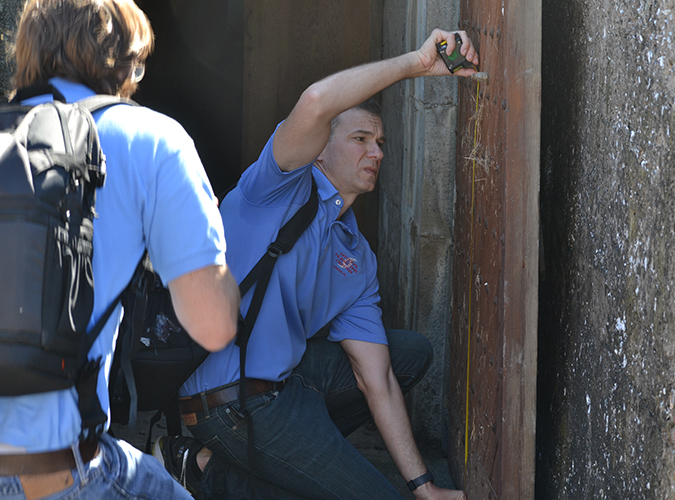
The team's assessment confirmed the storm surge watch/warning forecast accurately depicted Matthew's storm surge and the new graphic map played an important role communicating life saving information to those in harm’s way. This kind of data will help the National Hurricane Center fine tune their forecasts for future storms. For more information check out the hurricane center's storm surge resources.


